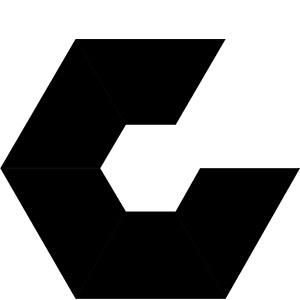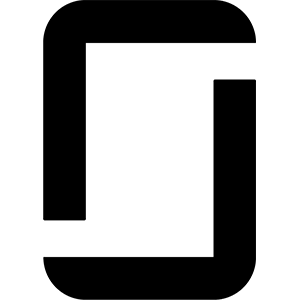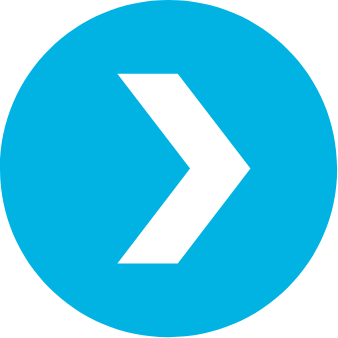 When you read about interactive design online, or you hear people talking about it, you know exactly what it’s all about, right? If not, or if you’re not sure what the difference is between interactive and traditional forms of design, read on.
When you read about interactive design online, or you hear people talking about it, you know exactly what it’s all about, right? If not, or if you’re not sure what the difference is between interactive and traditional forms of design, read on.
Jobs in interactive design and the field itself are hot topics these days. With this in mind, I reached out to Onward Search‘s Theresa Carroll, Account Executive and Recruiter from our Minneapolis office, for her thoughts on the top trends in interactive design and what’s most important to know if you’re beginning your own interactive design career.
To start, interactive design isn’t just a translation of traditional print elements to an online medium. These designers understand how to make a web page “snap”, as Theresa put it. But isn’t that just web design and development? Far from it. She explains, “interactive designers know that a web design needs to grab the viewer’s attention quickly and hold it. Accomplishing that requires working with both the content and user experience to make the web page more user friendly.”
So where did this hybrid of design, development and UX come from? “A few years ago, it was all about Flash,” Theresa said. “While Flash is still very important to online experiences, the cumbersome nature of waiting for an entirely Flash web site to load, for example, spurred the need for designs that were just as cool as Flash, but also lent themselves to more rewarding user interactions.” (For more on this topic, check out this article I found on Boondigital.com about why entirely Flash sites aren’t always ideal.)
I also found great examples of interactions you might take for granted on Smashingmagazine.com such as visual assurance that content or a page is loading, seeing a website work perfectly on any browser you want to use, and finding navigation and controls on a website that let you accomplish exactly what you need to do. These are just some of the more technical scenarios interactive designers think about when concepting the way a website looks and behaves for a user.
For designers who want to get in on the interactive action, it’s best to keep an open mind about the work. Theresa says the trend is moving towards designers that are also adept at developing. “Companies are asking for that skill set and I am meeting more talent who can do both. Some express resistance to the idea, saying one skill is purely right brain the other is left brain, but I believe the trend is pointing to even more demand for these types of designers.”
If you want to make the cross over, Theresa says classes are the perfect way to start. “Lynda.com is a great source of training classes for everything from HTML to Photoshop. Another step to consider is building your own website. Not only do you gain the experience of creating it and trying out techniques for successful interactions, it’s a great way to represent yourself professionally. (Just make sure it’s pristine before showing it to prospective clients and don’t forget to look at other sites to get a feel for what works and what doesn’t)” Networking with interactive professionals is crucial as well, so check out the groups on LinkedIn. Theresa recommends the Minnesota Interactive Marketing Association for interactive networking in her area, and you can always talk to anyone of our recruiters about groups across the country.
The interactive design field is growing fast and it needs sharp designers like you to keep websites looking and functioning perfectly for their users. Take a look at our latest jobs in the Interactive Design and Development fields and contact us today to learn more!







